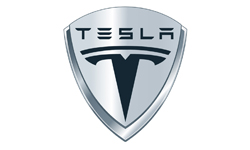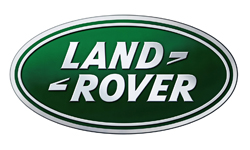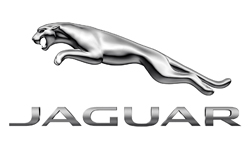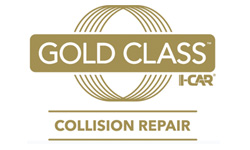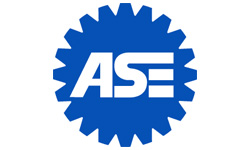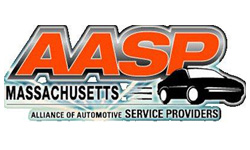So you’ve been in an accident, you’ve gotten estimates, selected your collision repair shop, and you’re ready to have your car back! Your repair technician brought up something called a pre and post collision diagnostic repair scan, but you’re not convinced it’s necessary. So, what do you need to know to make an informed decision?
A diagnostic scan looks for errors in your car’s computer systems.
A diagnostic scan looks at every computer system, sensor, or automatic feature in your car to make sure they’re working right. Today’s vehicles are full of so much technology that they often have hundreds or thousands of computer systems working together to operate things like cruise control, rear backup cameras, blind spot sensors, or lane departure warnings.
Virtually every car produced since 1996 can benefit from a scan.
The mid-90s brought us the first car with computer systems that did not trigger dashboard warning lights. The number of computers in cars today is so much higher than the number of dashboard warning lights – there isn’t room to put that many warning lights in a car.
Today’s computer systems are so diverse, they change so rapidly, and they aren’t standard among different auto manufacturers that there isn’t one scanning system that works for every vehicle. They require wireless access
Your insurance company may not want to pay.
Insurance companies and auto manufacturers are in disagreement over when diagnostic repair scans are necessary. Most original equipment manufacturers (OEMs), like Ford, Honda, and GM, have released statements saying that diagnostic scans are necessary for most cars after an accident to ensure passenger safety. Insurance companies want more clarity and more specific guidelines so they aren’t paying for unnecessary scans, or scans that don’t find any errors.
Auto manufacturers release repair guidelines for every car.
Every auto manufacturer (OEM) releases repair procedures for every make and model of every vehicle they produce. Your repair technician should always follow the OEM repair procedures. If these procedures state that a diagnostic scan is necessary, it’s likely for your safety.
If you have questions, don’t be afraid to ask your repair technician or your insurance company!
What can you do about diagnostic scans?
You can find many of the official OEM statements regarding diagnostic scans at www.oem1stop.com. If your insurance company states that they won’t pay for a scan and your repair technician says it’s necessary, call your insurance company.

